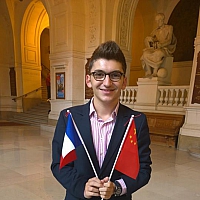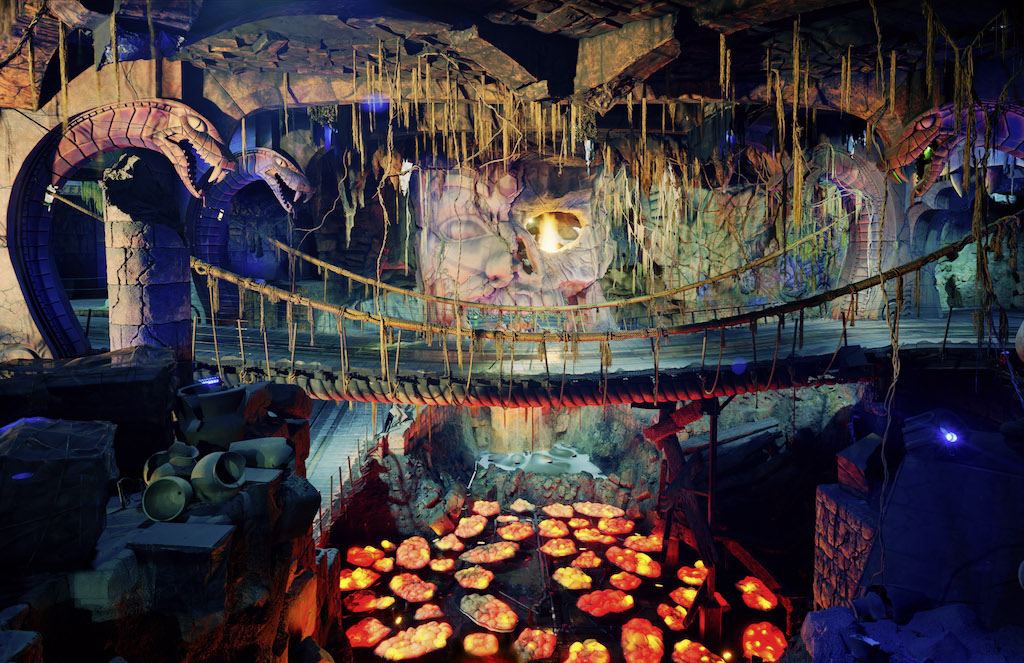
RIDE, ANAHEIM 2013. © Thomas Struth
Martin Gropius Bau Niederkirchnerstraße 7, Corner Stresemannstr. 110 10963 Berlin Allemagne
Thomas Struth is one of the most well-known contemporary artists. For the first time his work can be seen at Martin-Gropius-Bau in Berlin. 35 photographs from the years 2005 to 2016 will be exhibited. The motives are industrial production plants, operation rooms and research laboratories or amusement parks. In his photographs of the last few years, Struth examines how ambition and human imaginative worlds can become spatial, objectified reality. Unemotionally and matter-of-factly, they show us highly complex apparatus, structures and constructions that shape our times, but are mostly inaccessible to the public eye.
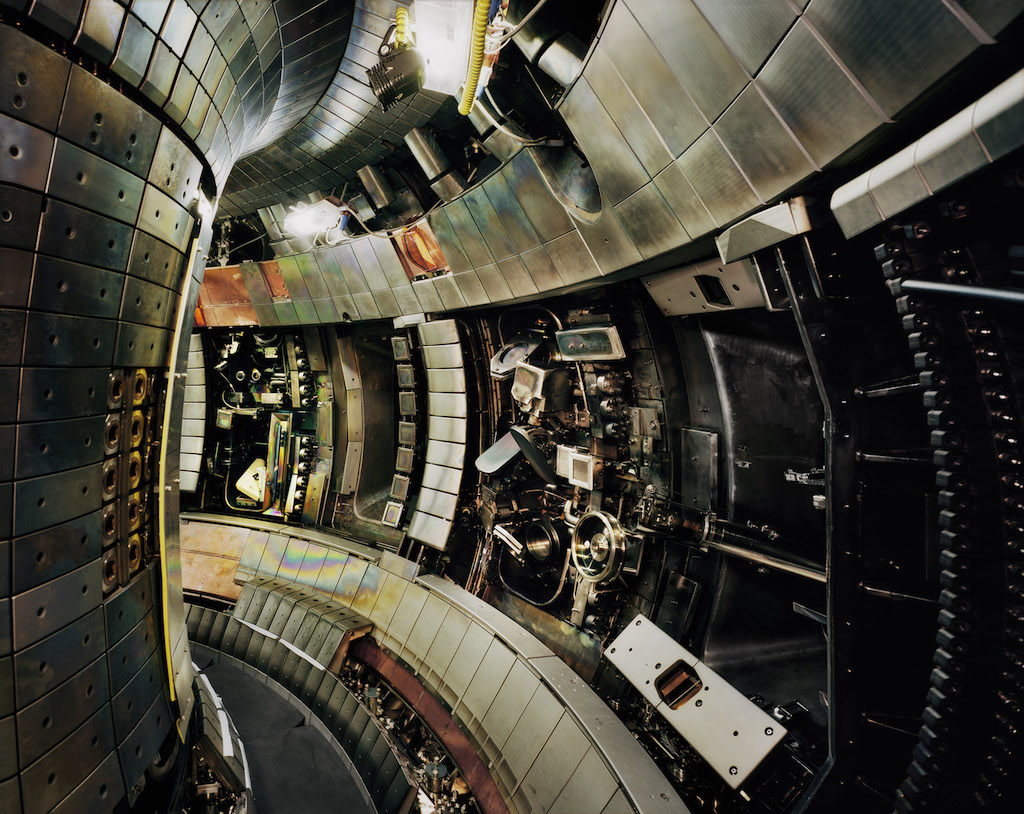
TOKAMAK ASDEX UPGRADE INTERIOR 2, MAX PLANCK IPP, GARCHING, 2009. © Thomas Struth
Industrial production plants, research laboratories and operating rooms, but also everyday architecture or theme parks: Thomas Struth’s pictures of the last few years explore how human ambition and imagination become spatial, objective reality. This ensemble of Struth’'s work shows us highly complex devices, structures and constructions that define our present, but are usually inaccessible to the public. These pictures tell of attempts to extend the limits of what is technically possible and to exceed natural reality through artificial worlds.
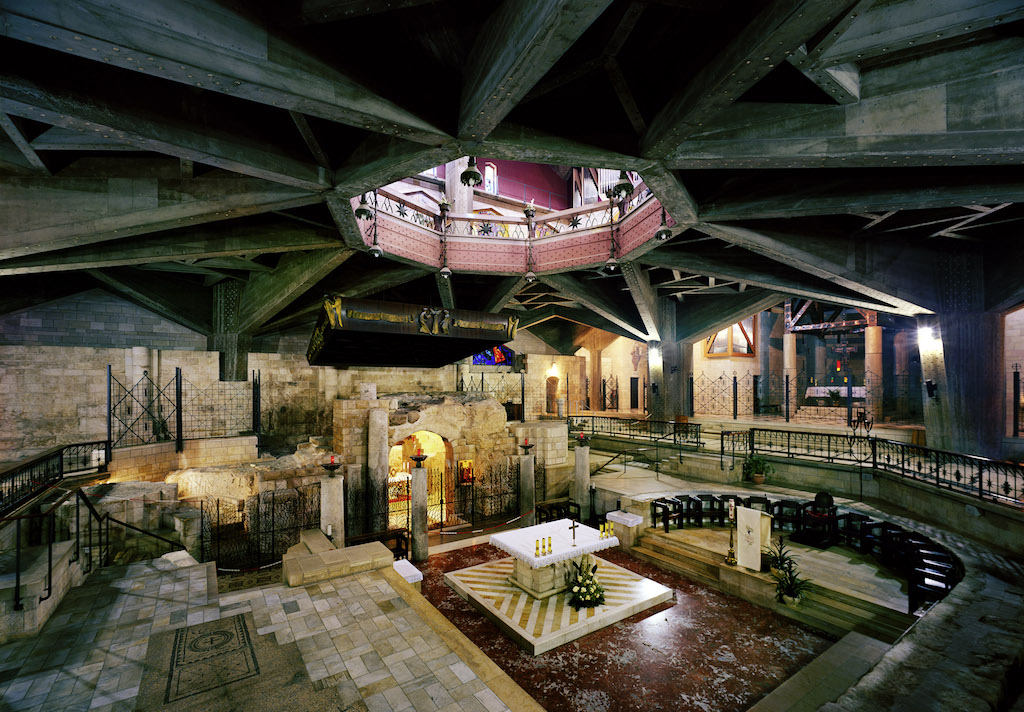
BASILICA OF THE ANNUNCIATION, NAZARETH 2014 © Thomas Struth
Struth is not only fascinated by complex structures, but by the mental endeavour displayed by them. “I wanted to explore the process of imagination. (...) I am only concerned with how something that at first was only a thought materializes and becomes part of reality. ‘Picturing something,’ this expression already describes the brain's ability to think in pictures.”
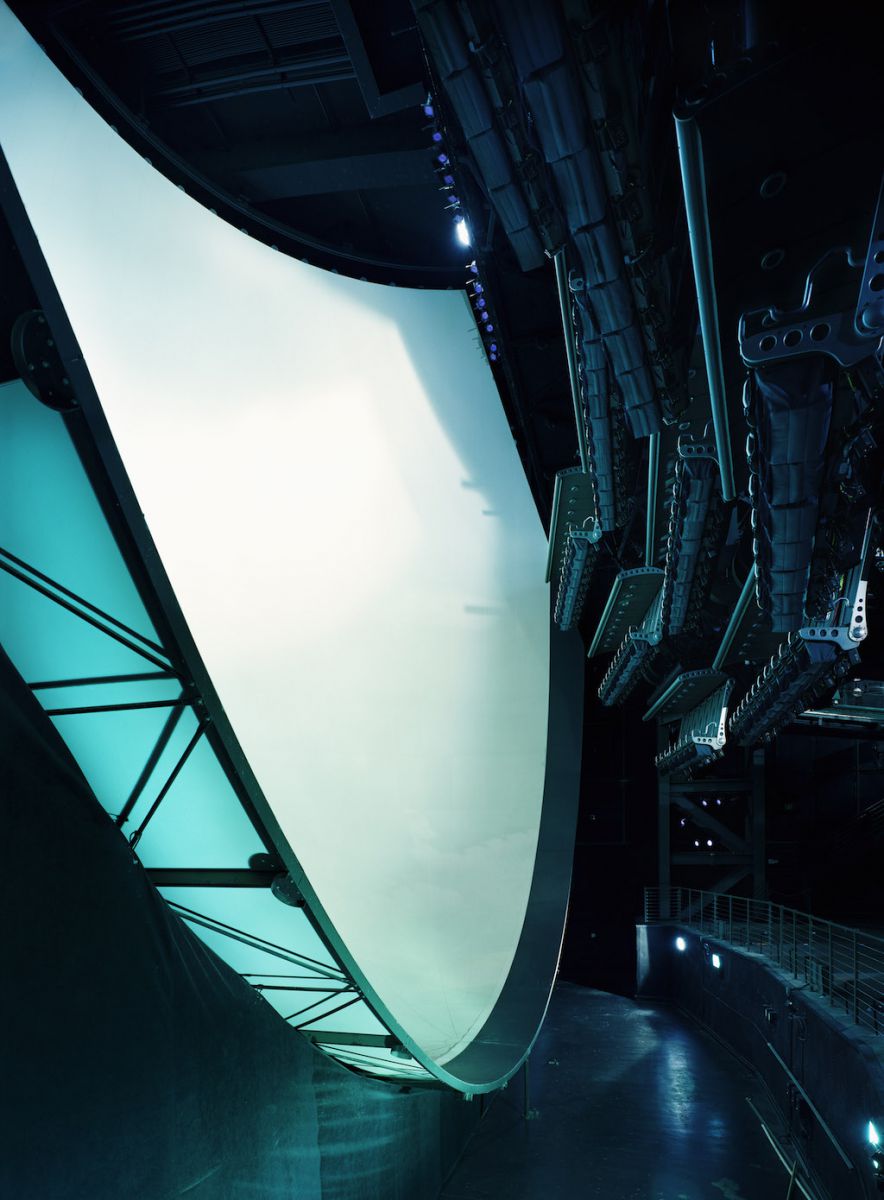
CINEMA, ANAHEIM 2013 © Thomas Struth
The photographs are about highly specialized imagination: Developments in space travel, plasma physics experiments or industrial facilities, such as oil rigs or blast furnaces, are products of the ideas and designs of experts. Struth’s detailed photographs show that these overwhelmingly complex constructions are also creations. Created by humans, they raise the question of how power and striving for power is documented in objects and how they then gain political importance. The pictures explore the creation, interpretation and reinterpretation of reality, memory and experience.


